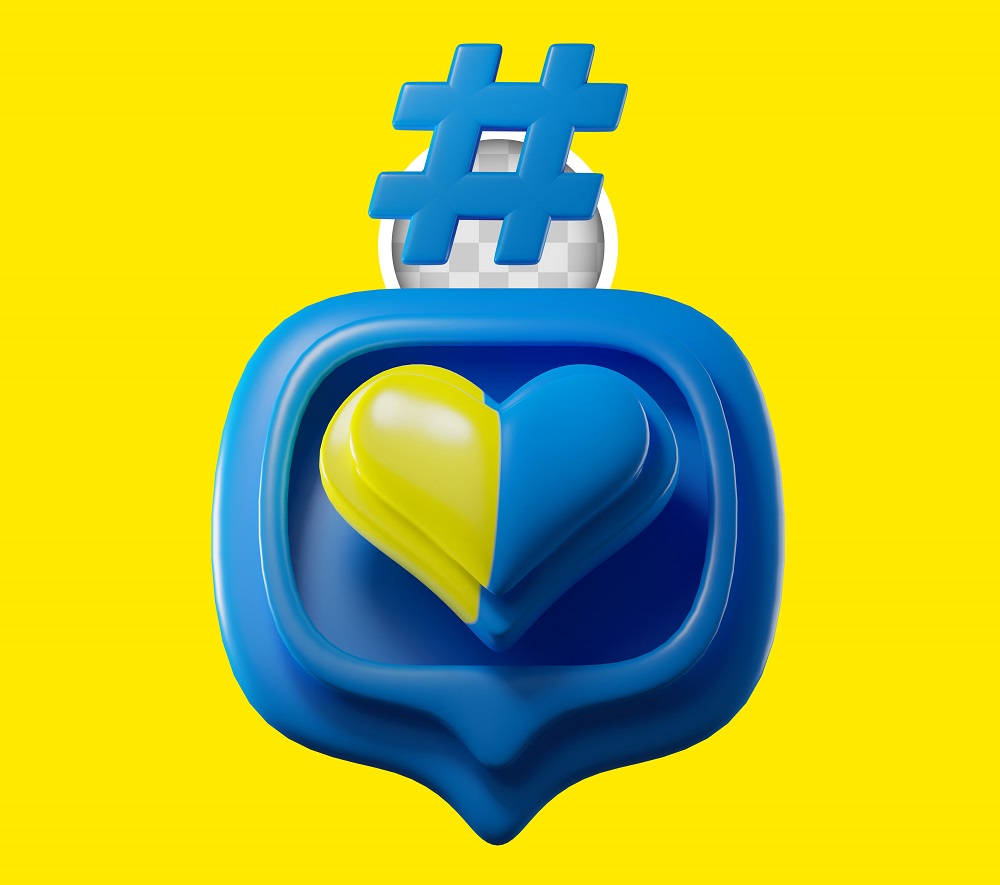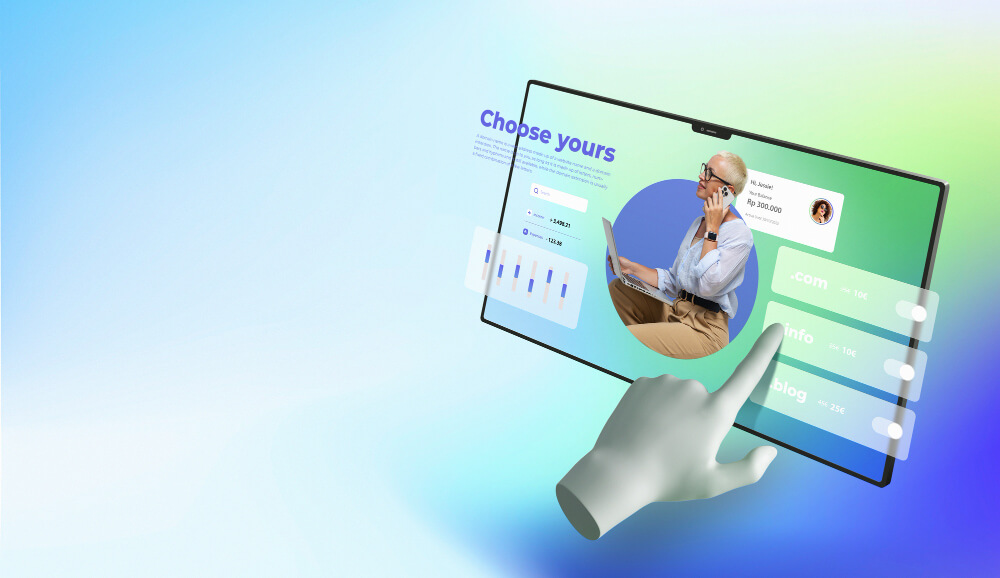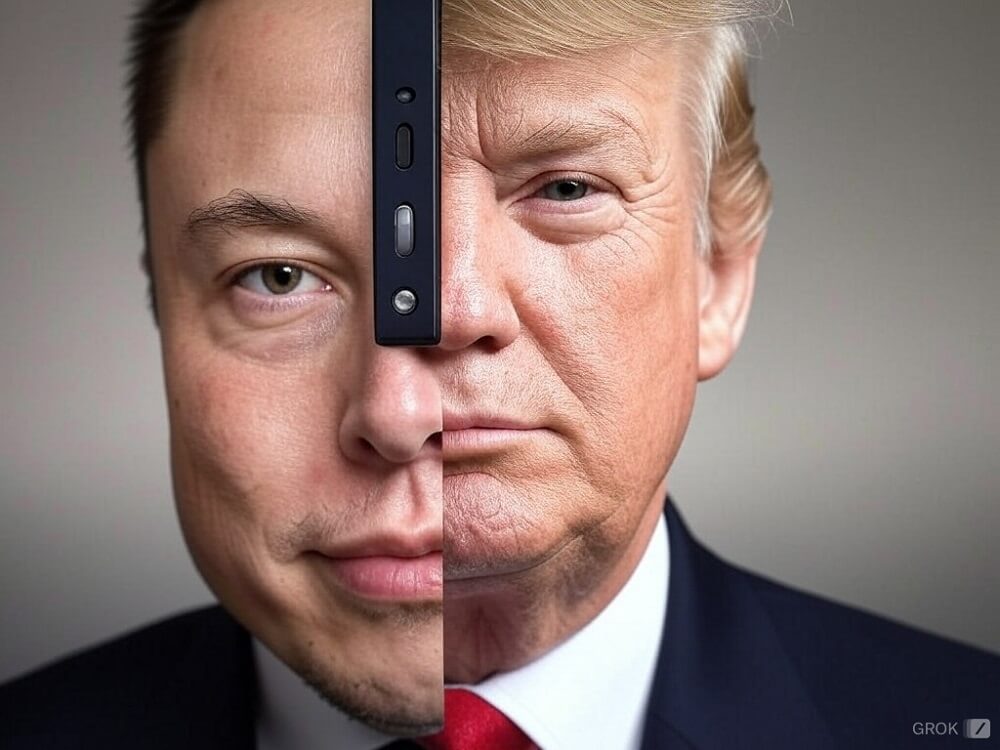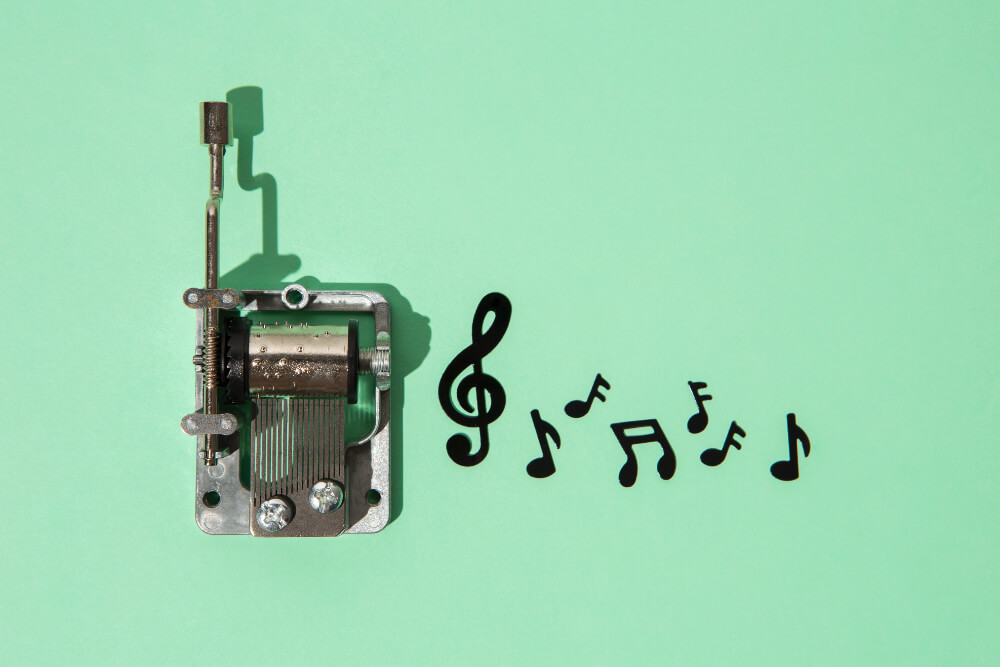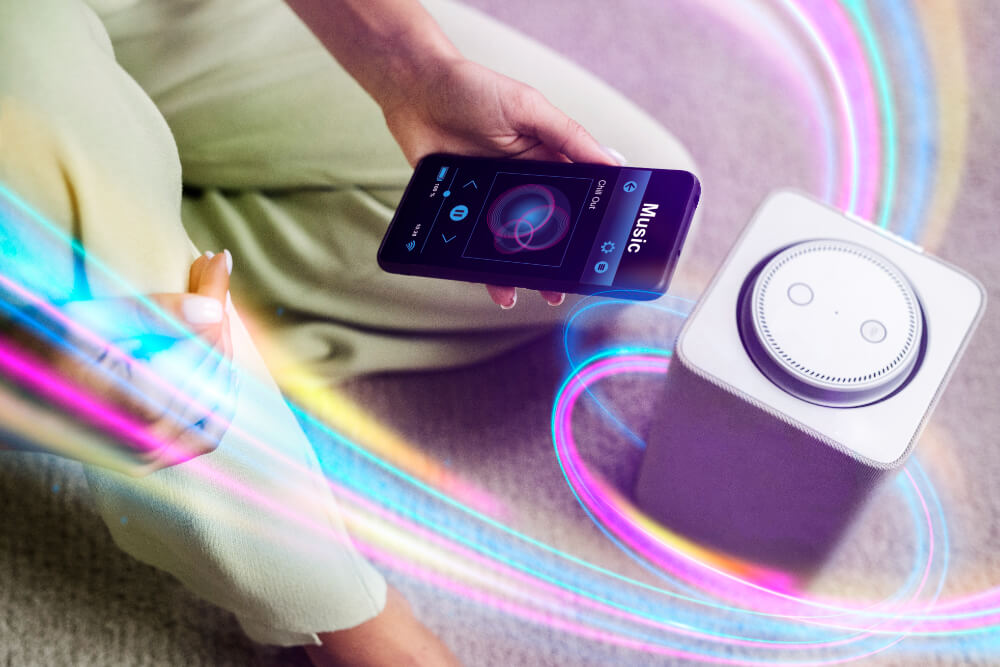Contents
- 1 What Are Instagram Hashtags And How Do They Work?
- 2 What are Instagram Hashtags used for?
- 3 How Many Hashtags Can You Put On Instagram?
- 4 Where Can You Put Instagram Hashtags?
- 5 How To Know What Hashtags To Use On Instagram?
- 6 Tips for developing a good Instagram hashtags strategy
- 7 How To Know If A Hashtag Is Penalized?
- 8 Tools for Instagram Hashtags
- 9 Conclusion
One of the most recurring questions and that usually generates many doubts is how to use Instagram hashtags.
If you work this social network within the marketing strategy of your brand, you will have already realized the importance that these have for your publications to achieve greater organic reach and attract more people interested in your content.
So that all your doubts about these labels are in vogue are dispelled, today I am going to explain everything about these great allies so that you can learn to get the most out of them with strategy.
Go for it!
A hashtag is a word, or a phrase made up of letters and numbers (you cannot add special characters) that without any space between them and preceded by the hash symbol (#), become a label used to group content from the same topic on social networks.
When you click on a hashtag you see all the posts from different people with public accounts who have also used it in their content.
On Instagram it is very common to search for specific tags on topics that attract us or what is related to our topic, and even to be able to follow them as when you follow a person or account that is interesting to you.
Now that you know what a hashtag is, we are going to see its structure in this specific social network:
As we have already seen, the main utility of this tag is to group different content by theme so that people can locate it easily and simply.
But we can also find other benefits for this network.
- Increase the reach of your publications.
- Get more visibility for your profile and content.
- Reach new audiences.
- Get more “likes” on your posts.
- Connect with potential customers.
- Position your brand.
- Keep you informed of the news on a specific topic.
- Discover the competition.
- Support causes or events.
In short, hashtags are one of the most effective ways to grow your community and make yourself known on Instagram.
Here comes “the million dollar question”, one of the most controversial questions and for more than one, it is a headache when choosing the hashtags in their publications.
The first thing is to know what the official channel of the Instagram application itself says about it.
As you can see, this social network allows you to use up to 30 hashtags in each publication.
This does not mean that in each publication you have to use the 30 to reach the maximum number or vice versa, that you use very few because you do not know which hashtags to use.
The important thing is that you use those tags that are relevant and consistent with the content you are sharing and the objective of your publication.
Each publication you make is different and what is clear is that using tags that are not related to the theme and content of your publications is not going to help you.
Therefore, it is not a question of using them at random but of choosing the most recommended ones for your publications and for this you need to prepare a strategy and test to see what works best for you.
Before giving you some tips to prepare your strategy, let’s see where you can use them.
You can place labels in 5 different sections of your account:
1. Profile bio
This small section of 150 characters allows you to enter hashtags, although it is not recommended that you use them unless you have one of your own brand or business.
Remember that you can click on these tags and leave your profile to see other content where said tag has been used.
Therefore, if someone has just landed on your account and the first thing they see is an invitation to leave to another place, they will not have had time to get to know you a little better and options to follow or interact with you.
In the event that you include a hashtag of your own brand in your bio, by clicking on it, that person will continue to see content of your own brand or in which your products or services have been tagged.
In the biography of the profile, only with the brand tags you ensure a loop of content related to your brand.
2. Publications
Placing the hashtags after the text that accompanies the image is the most common. Since you have up to 2,200 characters and you will surely have plenty of them, you can separate the block of labels you use from the text to make it more aesthetic.
3. Comment
Another place people often put them is in the first comment that accompanies the post. The application also allows you this option as long as you do not exceed the limit that we have discussed in the previous section.
4. Stories
Among all the options that stories allow you, one of them is hashtags. The maximum limit is 10, from there you choose how many to put.
Although you have to know that since 2021, with the changes that have occurred in the algorithm, they no longer position. We will see if later, this changes again. The option is there.
5.Reels
Reels are the trending format on Instagram and can be positioned in the “Explorer” tab or can be seen when someone searches for or clicks on a hashtag, so it is advisable to put tags on these videos.
First of all, I have to clarify that there is no perfect hashtag or combination of them that you can always use in your posts.
If you want your content to stand out, you have to spend time searching and researching which ones are the most appropriate and work best for your niche, sector, and objectives.
Let’s start by knowing what classification we can perform to determine which label we are most interested in using.
They can be classified into many categories. Some of them are:
» Branded
It is the one that a brand or company uses to tag its content on Instagram. The most common is to use the name of the company, for example, #socialatoz or the name of a product or service, for example, #Mastersocialatoz
» Community
They are those that serve to identify the community of a brand, for example, #MangoCommunity or community accounts that share their photos and/or experiences of the same theme, such as the Igers community or photography communities, asi_es_family or total_community_hubs
» campaign
They are used to promote a campaign for a product or service for as long as it lasts. Once finished, it is no longer used. Some examples of this type are: #BlackFriday #limpiolimpiosinenjagar
» From Location
They are those referring to your country, your city, the area where your physical store is located or where you are at that moment in the photo you want to highlight.
» From your sector
They are labels related to what you do, offer or sell. In the marketing sector, an example is #digitalmarketing
» Of content
They are relevant keywords related to the content or theme that you are going to publish. #Instagramtips is an example of this type of tag within the Marketing sector
» From your ideal client
They are those related to your buyer persona or ideal client, that you know they usually use and look for. If your buyer persona is an #entrepreneur, you already have one that could help you.
» Popular
As you can imagine, they are the most used on Instagram. His position on the list changes according to trends in the social network and temporality.
Here are some of the most popular hashtags so far:
1. Define your objective and keywords
Write down what your objective is and investigate which keywords are important to your brand.
Looking at what tags your competition uses can help you get ideas and even improve it. It is not about copying but about analyzing and discovering hashtags from your sector that you were unaware of.
This will help you when you start looking for the most appropriate tags for your account.
Create a list with the categories of hashtags that interest you and are related to your sector, product or service, topic and client.
I advise you to do it better in a spreadsheet such as Excel and that you classify them by categories and volume of publications to know the number of times that label is used.
This way you will start from a base and you will not have to waste so much time each time you publish. You can add new ones as you need them.
Do not always use the same hashtags in your posts.
Make an extensive list, at least 90, which are the ones you would use in three different publications.
This way you will have enough to make different combinations and not always repeat the same ones and more opportunities to be found through other labels.
The normal thing is that the content of your publications is different in terms of copy, images or videos that you are going to use, therefore, your hashtags will have to be related to that specific content.
The algorithm will not penalize you if you repeat any of them in your publications, but yes, if you always use the same ones, it can penalize you by lowering the scope of your publication for not finding a correlation with the image and the label.
Use more specific and not so general hashtags to segment more and reach a more specific target audience interested in your posts.
Think that the more used it is, the less likely it will be to highlight your publication. These types of tags cause your content to drop early and rank below other, newer content that is using it.
I recommend you better use the medium or medium large sizes (between 10,000 and 200,000 publications). You can help from the application search engine. In it you can see the number of times that particular tag has been used.
5. Do not forget the most important thing, analyze the results
This is what will allow you to know the impressions that come from your hashtags to your publication and if the number of new audience that you have reached has increased.
How To Know If A Hashtag Is Penalized?
There are two types of penalized hashtags that you should not use in your posts:
Hashtag permanently disabled or banned
They are those words that violate Instagram policies such as words with sexual connotations, drugs or illegal products, alcohol, and violence.
They are those that the Instagram community has reported posts that include them and that the network believes that they could violate the community guidelines.
If you use them, the algorithm will stop showing your posts (what is known as shadowban) which you are not interested in because fewer people will see them and interaction and engagement will drop.
In the following section of tools I share some that will be useful to verify that you do not use this type of tag. Even so, I always recommend that you check it in your search engine.
Luckily, today there are many applications that help you in the professional management of your Instagram account.
For this reason, I bring you some extra specific help so that your hashtag strategy is as top as possible:
Display Purpose
Display Purpose is a free, easy and intuitive tool that allows you to search for labels with 3 search options:
- You can search for one or more that are related and they are ordered according to their relevance and influence using different colors. It allows you to copy and paste.
- You can search the map for the most used ones in the geographical area you want to consult.
- You can search for all the related hashtags by a term and it shows you it as a connected network where the colors determine the relevance and influence of the tag.
All Hashtag is a free tool that allows you to generate, create and analyze hashtags for the content of your social networks:
- With the Generator you will be able to copy and paste up to 30 tags based on a keyword. You have three search options (Top, Random or random and live or lived).
- With Creator, it transforms the keywords you enter into tags ready to cut and paste in your publications.
- With Counter you can enter a text and it will count the number of hashtags that make it up.
- With Analytics, you analyze and compare a tag based on its popularity with other general tags.
inflated
On this website you will find, within its tools, a hashtag generator for Instagram that allows you to search by keyword, entering a photo or by URL.
Once you click on generate hashtags, the search is divided into three columns: frequent (frequent), average (average) and rare (uncommon).
You can copy and paste up to a maximum of 30 labels either by columns or choose them one by one as you think is best for your strategy.
You can also click on any tag for which you want to know the level of difficulty that the tool estimates for that tag, the number of posts using it per day, and the total volume of posts for that tag.
Instavast Free Tools
Instavast is a cloud-based automation tool with which through Instagram Banned Hashtags it lets you know which tags are banned or prohibited on the social network.
It provides you with a list in alphabetical order and a search engine in which you can enter the label you want to consult.
It is not a very reliable tool, as it is not updated frequently. My recommendation is that, when in doubt, use its search engine to make sure that this label complies with the community standards.
metricool
Metricool is a great tool for the analysis, management and measurement of digital content.
Among its many features it allows you to:
- Analyze the hashtags that have worked best for you. It shows you a list of the ones you have used in your publications and the impressions of each hashtag according to your publication.
- In the calendar section, when creating a new publication, with the tag search engine you can find the most popular and those related to a specific keyword.
- It allows you to know the ones that your competition uses the most in their publications and thus be able to analyze if they are interesting for your strategy.
Conclusion
Now that you know how they work, their benefits and you have all my tips to develop a good hashtag strategy for Instagram.
I hope you follow the steps that I have given you to draw up your own strategy and make your account visible and grow your community with quality.
